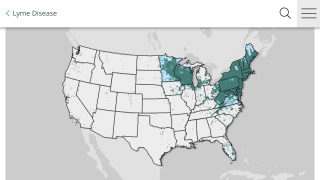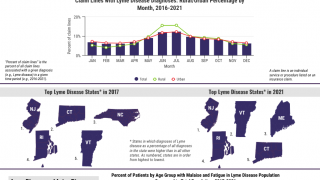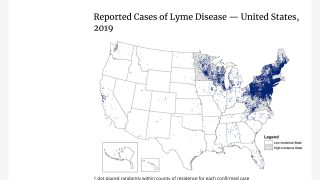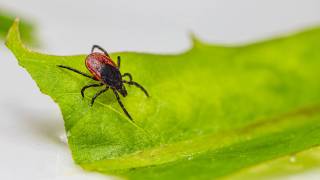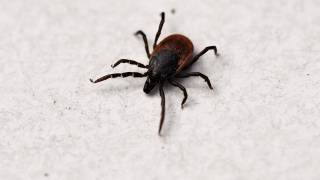Lyme Disease Is Spreading Next Door

The latest report on Lyme disease said that this insect spreading disease remained stable in the Northeast, mid-Atlantic, and upper Midwest regions, but the ‘neighboring states’ are reporting additional cases.
The Centers for Disease Control and Prevention (CDC) Morbidity and Mortality Weekly Report (MMWR), also reveals some Lyme disease (Borrelia burgdorferi) data can be misleading.
This may be because most Lyme disease cases are reported where an infected person lives, not the actual location where they acquired the insect bite.
When diagnosing Lyme disease, a new study published in Pediatrics showed that clinical suspicion was a minimally accurate diagnostic tool (12%). The study highlights the need for laboratory testing to confirm infection with the tick-borne disease.
Only children with the classic "bull's eye" rash should be treated for Lyme disease before serological tests are completed, the study authors concluded.
During 2015, 41 states and the District of Columbia reported at least one probable case.
Fourteen states are classified as “high incidence” (Connecticut, Delaware, Maine, Maryland, Massachusetts, Minnesota, New Hampshire, New Jersey, New York, Pennsylvania, Rhode Island, Vermont, Virginia, and Wisconsin).
During 2008–2015, these states accounted for 95 percent of the 275,589 cases of Lyme disease that were reported to CDC.
But, 11 states and the District of Columbia were classified as ‘neighboring states’ (Illinois, Indiana, Iowa, Kentucky, Michigan, North Carolina, North Dakota, Ohio, South Dakota, Tennessee, and West Virginia) reported a 6.6% increase in Lyme cases.
Many health officials believe a Lyme vaccine is needed now more than ever.
Lyme disease is considered the most widespread disease transmitted by insects in the U.S., and researchers have found that Lyme disease costs the U.S. healthcare system between $712 million and $1.3 billion a year.
Which means, treating Lyme disease costs on average $3,000 per patient.
But, no Lyme borreliosis vaccine is currently available for humans.
Even though a vaccine has shown that the disease can be prevented by immunization with an Outer Surface Protein A-based vaccine.
That may be why Valneva, a European biotech company, recently received Fast Track status from the FDA for the development of its Lyme vaccine, VLA15.
VLA15 is a new hexavalent, protein subunit-based vaccine candidate targeting the outer Surface Protein A of Borrelia, the most dominant protein expressed by the bacteria when present in a tick.
Human clinical trials are underway in the United States and Europe. As such, Valneva plans to initiate Phase II as early as the first quarter of 2018.
Until the FDA approves a new vaccine for use, the CDC suggests people use repellent that contains 20 percent or more DEET, picaridin, or IR3535 on exposed skin for protection.
Before taking your next walk in the woods, the CDC suggests pre-treating your clothing with DEET which may offer longer protection.
Most pharmacies sell DEET related products.
Our Trust Standards: Medical Advisory Committee



